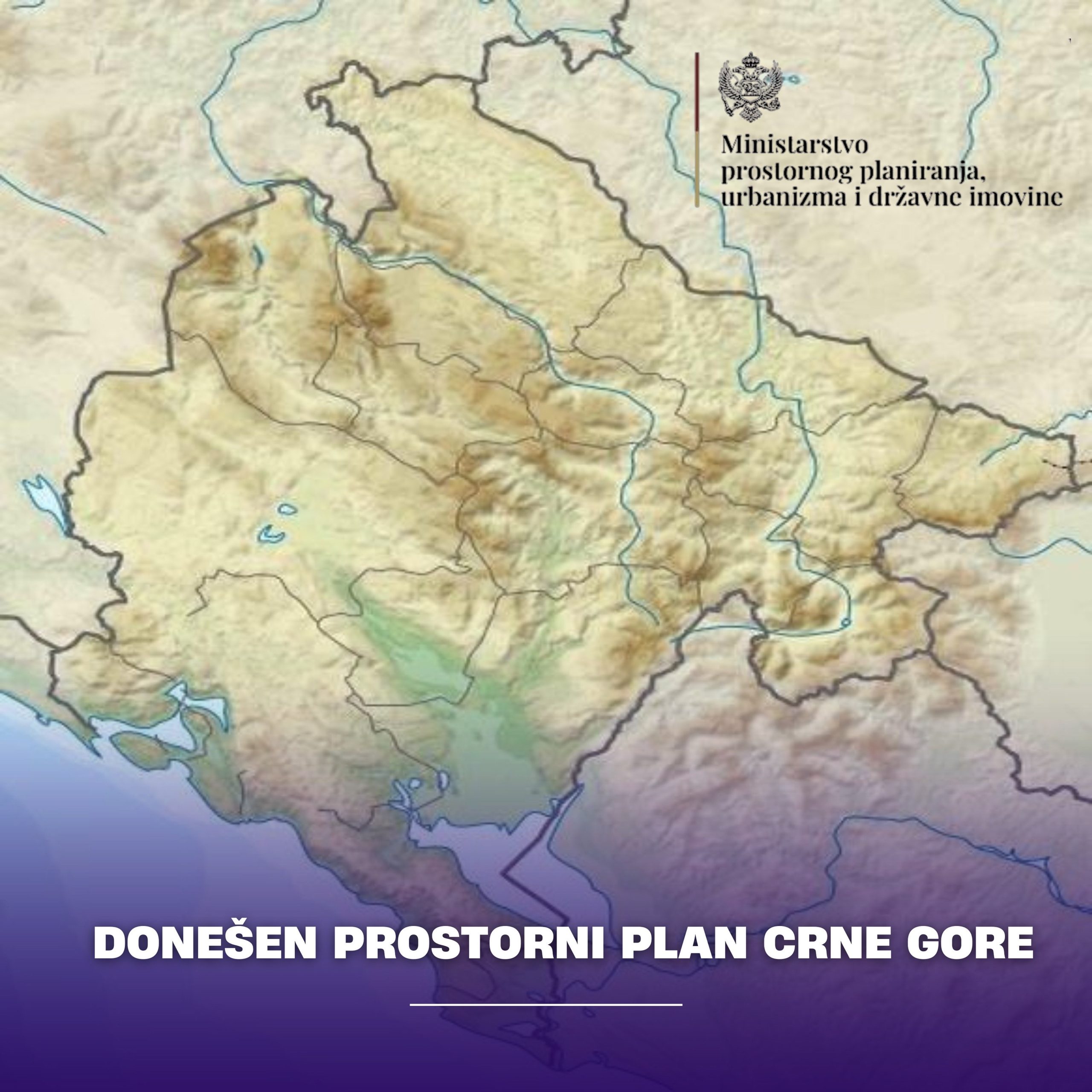Montenegro’s Spatial Plan: Battle for the Future or Uncontrolled Chaos?
Is the new Spatial Plan of Montenegro truly the foundation for sustainable development, or just another document destined to cause chaos and legal uncertainty? While the government claims to have adopted a strategic document that will guide the country for the next two decades, civil society and experts are raising alarms about how the plan was adopted and what it actually entails.
A plan meant to lead, but does it? The Ministry of Spatial Planning and Urbanism asserts that the Spatial Plan of Montenegro is the most important document after the Constitution, setting clear guidelines for future investments and development. They claim the plan was professionally prepared, based on all necessary analyses and consultations, and is meant to ensure continuity and stability regardless of changes in government.
But is that really the case?
Environmental Agency in the shadow of scandal Civil society sharply criticizes the Environmental Protection Agency, accusing it of complicity in the illegal adoption of the plan. The revised environmental impact assessment, crucial for the plan’s approval, was not made available to the public nor included in the documentation reviewed by Parliament. The agency issued its consent just one day before the parliamentary session, despite key recommendations not being incorporated.
This, according to NGOs, is a direct violation of law and public interest, enabling the adoption of a plan that could endanger Montenegro’s natural wealth and legal certainty in the long term.
Contradictions and controversies within the plan The final document contains numerous contradictions: the same areas are simultaneously planned for urbanization and nature protection, while protected zones are re-designated as construction zones without legal basis or public consultation. Projects like Velje Brdo, Buljarica, and the Komarnica and Gornje Kruševo hydroelectric plants raise particular concern.
All this casts doubt on the transparency and legality of the plan adoption process.
Agency orders, but is ignored? The Environmental Agency recently ordered the Ministry to accept objections to the environmental impact report and return the plan for revision. However, the government had already adopted the plan, and Parliament began debating it without access to the full report and the agency’s decision.
This is further proof that the process is being conducted outside legal frameworks and key recommendations are being ignored.
What do experts and civil society say? NGOs and experts warn that such practices lead to legal uncertainty, institutional chaos, and long-term damage to Montenegro’s natural resources. They call on the agency to take responsibility and explain its failure, and to stop the illegal adoption of strategic documents.
Conclusion: A plan for development or a recipe for chaos? While the government claims the Spatial Plan is the foundation for sustainable and balanced development, facts and criticism suggest otherwise. Ambiguities, ignoring recommendations, lack of transparency, and legal contradictions could lead to chaos in Montenegro’s spatial planning with consequences felt for decades.
If you enjoy watching big things being done hastily and without order, or have your own opinion on who and how should plan our space, drop a comment below. Maybe you have the solution to this spatial chaos!
Slug: montenegro-spatial-plan-battle-for-future-or-chaos








